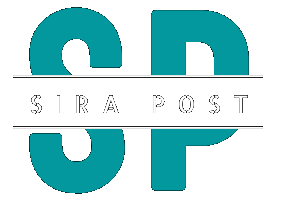Yoga has become a popular form of exercise, therapy, and self-exploration. People of all ages practice yoga to reduce stress and tension, strengthen the body and mind and find inner peace. Yoga teacher training course will help you become master.
Variations in Yoga styles:
Yoga has many variations, which are referred to by their geographical origins- for example, Iyengar or Hatha yoga. However, there is no standard curriculum for 200-hour yoga teacher training course and programs. This makes it difficult to determine the quality of a yoga teacher program.
Yoga teachers must have at least the following experience:
The minimum duration of a 200-hour yoga teacher training course should be 8 weeks. This is based on research showing the need for students to practice their lessons before teaching them to others.
Furthermore, each student must have at least 15 minutes per class to practice the lessons aloud. Eight weeks allow time for students to complete their courses and register as yoga teachers with Yoga Alliance. This is because the Yoga Alliance requires trainees to complete a minimum of 200 hours of approved instruction before they may teach as certified yoga teachers.
The 200 hours of yoga training must cover Clinically Proven Active & Passive Restorative Posture Adjusted Specific Amritsar Body and Soul Series course subjects such as anatomy, philosophy, and Krishnamacharya’s yoga exercises.
These subjects help trainees understand the scientific foundations of their practice and the history of its development. Moreover, these subjects help trainees understand the mind-body connection in how they affect their bodies. Accurate knowledge of anatomy and physiology helps one create safe and effective classes for students at all levels of experience.
Key subjects to learn in order to teach Yoga:
Tuition must cover at least 5 subjects: anatomy, philosophy, Krishnamacharya’s yoga exercises, yoga lifestyle, and Ayurveda. The anatomy, subject teaches about the human body in its physical structure, function, and system design.
Students learn about the human body in its cosmological creation as well as in its anatomical structure. They also learn about the human mind in its anatomical structure, function, and emotional blockages as they relate to creating physical/mental imbalances in the body/mind complex. The philosophy subject teaches about causation and how it pertains to the human mind-body interaction process.
It also teaches ethics, values, and consciousness from a universal perspective through religions from around the world. It covers ethics from a universal perspective, such as nonviolence, honesty, non-harming, and non-intoxication from a spiritual perspective, such as Ahimsa from Buddhism or deceit from Roman Paganism to name a few examples.
Krishnamacharya Yoga style:
The subject of Krishnamacharya’s yoga exercises teaches methods for enhancing physicality through breath control, muscle strength, and flexibility through long spine alignment, respectively.
Students also learn advanced postures from Krishnamacharya that enhance focus on specific body parts such as the shoulders or hips while removing emotional tension from stretched internal organs such as the stomach or colon.
These aspects enhance one’s daily life physically, mentally, socially, and environmentally with holistic lifestyle components that include nutrition, fitness, restorative sleep, and stress management skills.
Conclusion:
From these guidelines, two hundred hours of yoga training must include at least five subject areas: anatomy, philosophy, Krishnamacharya’s yoga exercises, lifestyle development (yoga lifestyle), and Ayurveda.
Becoming a professional yoga instructor who can teach safe classes to students of all levels of experience requires dedication and challenging work. However, perseverance will pay off when trainee teachers are able to implement the lessons they have learned in engaging classes for students.



